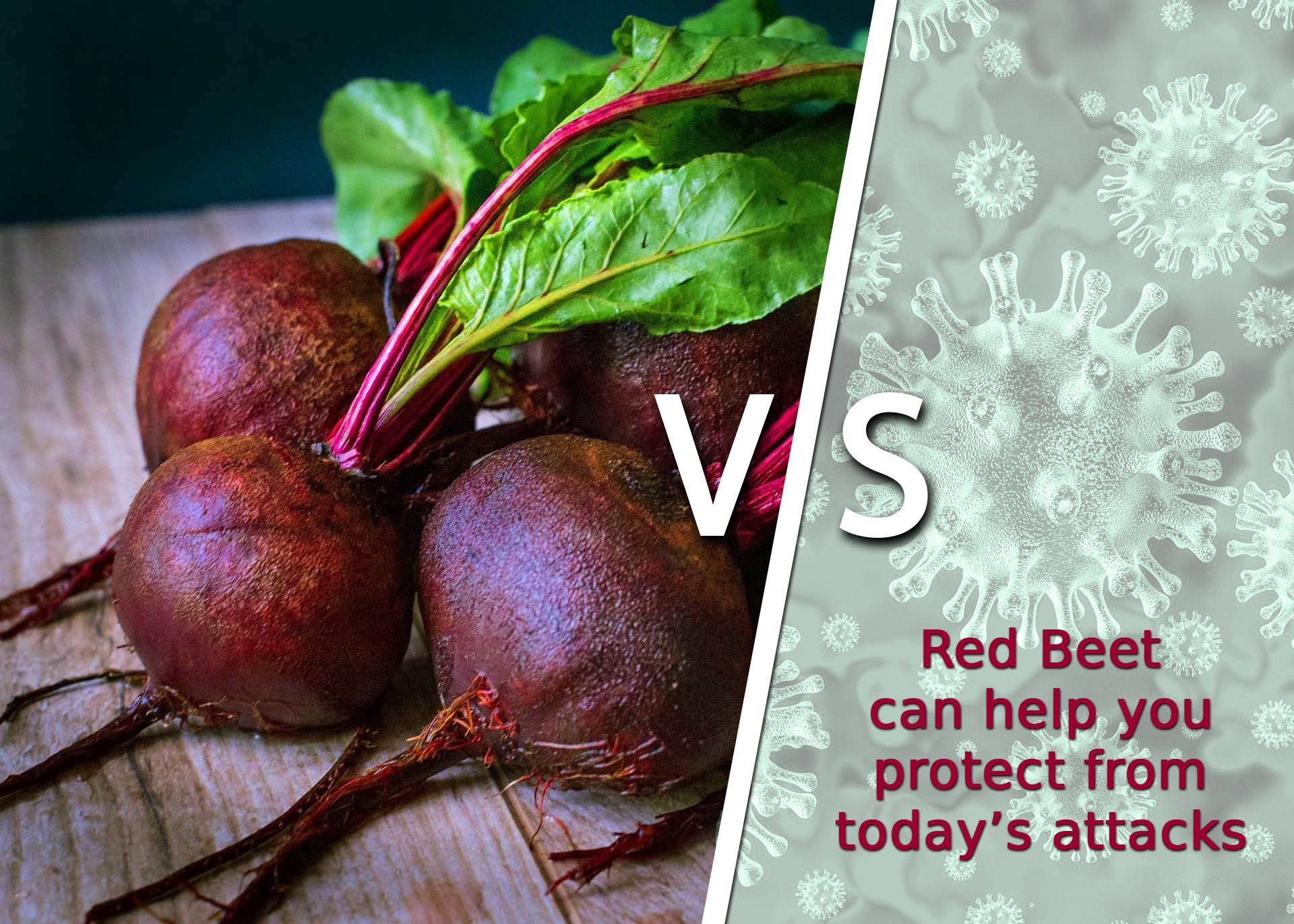Research and Development
23 September 2020
Scientific bulletin from R&D Aureli Mario Company
Rich vegetable nitrate diet and Covid-19
Many pathological states of the cardiovascular system, including hypertension, atherosclerosis and ischemic diseases, are characterized by a decreased production or bioavailability of the nitric oxide.
In two latest scientific articles, it has been hypothesized that the increase in the availability of endothelial nitric oxide may have an effective role in antiviral resistance against COVID infection.
SARS-COV2 (COVID 19) infection causes a disease that begins in the respiratory tract but affects the endothelial cells of the whole body, specifically in cardio-metabolic and high blood pressure patients.
Taking into account the existence of an endogenous NO production pathway linked to the intake of nitrates through the plant-based diet and the activity of the oral microorganism, the authors suggested that the consumption of vegetables rich in nitrates (like spinach, rocket salad and red beetroot) could represent a first line of defense in the early stages of the viral invasion [1].
At the same time (May 2020), another scientific article suggested that the restoration of nitric oxide levels through the intake of an inorganic nitrate diet could be considered for the prevention and early treatment of COVID-19 infection, acting at two levels: by nullifying endothelial dysfunction and the associated thrombosis as well as by decreasing the viral load [2].
Restoring nitric oxide levels through dietary nitrate intake can therefore have preventive effects in COVID infection, in its treatment at early stages and in the post-infection recovery, also considering that the old age is by itself a risk factor for cardiovascular disease and for the endothelial vascular dysfunction.
Great attention was drawn by the so called “Japan paradox” based on the observation of a lower number of cases and a lower mortality due to COVID-19 in that Country [3], which could be related to the consumption of a diet quite rich in nitrates, therefore an improved vascular function [4, 5].
The compositional characteristics of the red beetroot, rich in carbohydrates and micronutrients with bioactive properties, make this vegetable a natural dietary source of healthy substances with proven therapeutic effects in different pulmonary and vascular diseases [6].
Furthermore, red beet is among the richest natural sources of nitrates. Red beet juice contains high nitrate levels (NO3) that can be transformed in its bioactive form, the nitric oxide (NO) through the entero-salivary cycle.
It is known that the nutritional composition of natural vegetables is deeply influenced by the climatic conditions, by the type of soils and by the cultivation systems.
Besides the differences among species and cultivars, other factors may affect the nitrate content, including the climate, the agronomic techniques, the period of cultivation and harvest, the variability within the same year, the use of fertilizers, the storage, transformation and production methods, the heat treatments.
The ten-year collaboration between the R&D department of the Aureli Farm and the Departments of Chemistry and Environmental Biology of the University of Rome "La Sapienza" is part of this problem with the aim of optimizing, on a natural and biological basis, the composition biochemistry of vegetable juices and the use of by-products.
Fucino highland, with an altitude of 660 meters above sea level and peculiar pedoclimatic conditions is naturally suited for the cultivation of roots, tubers and bulbs vegetables; Fucino is famous for carrots and potatoes both with protected geographical indication (I.G.P.)
The “ancient” knowledge establish a continuous exchange of information with modern science. A careful selection of seeds and cultivars, the particular and refined cultivation and agronomic techniques, the innovative processing technologies and the application of innovative biochemical analyzes leads to a virtuous recycling that starts from the soil, goes through scientific evidences and then goes back again to the soil. A high quality product, in relation to the content of bioactive and healthy compounds well established during years of cultivation.
Specifically for red beetroot juices, R&D, Agronomic and Quality Control Departments of Aureli Company carefully studied the raw material during the growth and the development of the plant through the different years of cultivation and rotation of the soil. They have identified the optimal harvest time with the aim of ensure an high quality in health terms, by balancing the nitrate content with the quantity of antioxidant molecules, typical of red beet.
(1) Ozdemira B., Yazicib A - “Could the decrease in the endothelial nitric oxide (NO) production and NO bioavailability be the crucial cause of COVID-19 related deaths? - Medical Hypotheses 144 (2020) 109970
(2) Green S.J. - Covid-19 accelerates endothelial dysfunction and nitric oxide deficiency - Letter to the editor / Microbes and Infection 22 (2020) 149-150.
(3) A. Iwasaki, N.D. Grubaugh, Why does Japan have so few cases of COVID-19? EMBO Mol. Med. 12 (2020), e12481.
(4) T. Sobko, C. Marcus, M. Govoni, S. Kamiya, Dietary nitrate in Japanese traditional foods lowers diastolic blood pressure in healthy volunteers, Nitric Oxide 22 (2010) 136–140.
(5) M.L. Sundqvist, F.J. Larsen, M. Carlstrom, M. Bottai, J. Pernow, M.L. Hellenius, E. Weitzberg, J.O. Lundberg, A randomized clinical trial of the effects of leafy green vegetables and inorganic nitrate on blood pressure, Am. J. Clin. Nutr. 111 (2020) 749–756.
(6) Mirmiran, P., Houshialsadat, Z., Gaeini, Z. et al. Functional properties of beetroot (Beta vulgaris) in management of cardio-metabolic diseases. Nutr Metab (Lond) 17,3 (2020)





